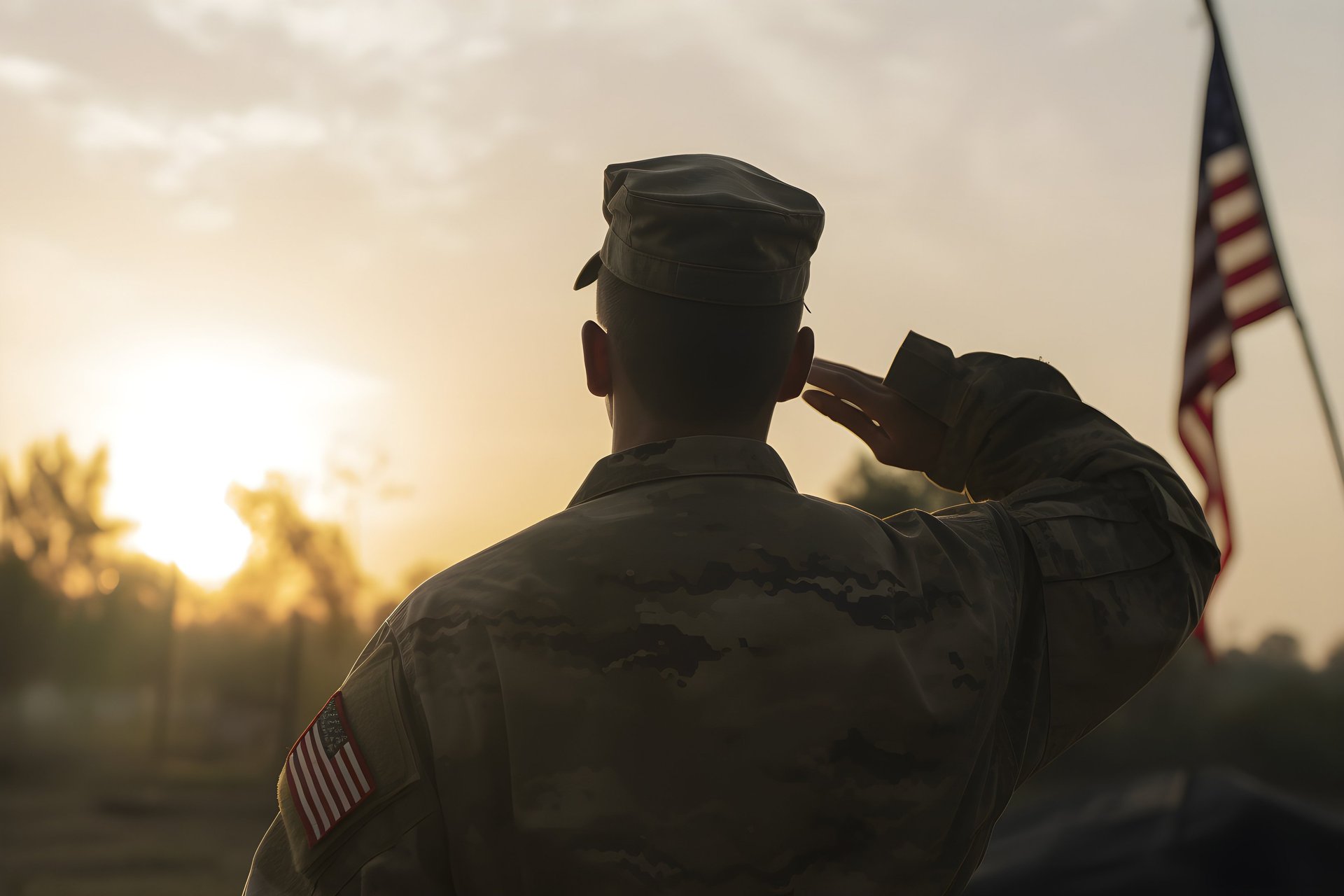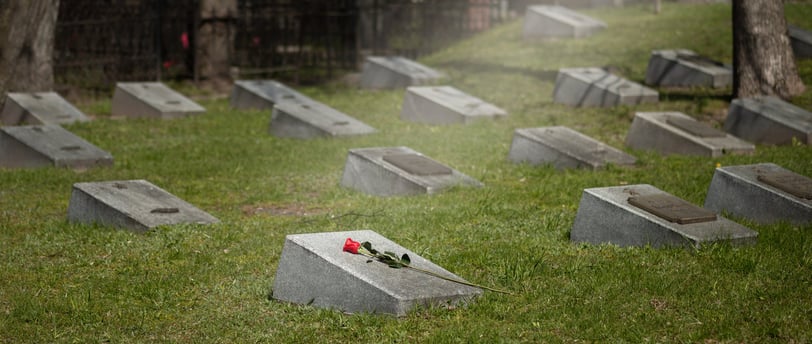
Guardians of History: Efforts to Preserve Veterans Monuments Across the U.S.
12/1/20232 min read


The preservation of veterans' monuments across the United States is an ongoing effort to honor the brave men and women who have served in the military. These monuments, often dedicated to particular wars, battles, or veterans’ organizations, play an integral role in remembering and educating the public about the sacrifices made by those who fought for the country. Many organizations, communities, and government bodies work tirelessly to maintain and protect these monuments, ensuring that they remain symbols of respect and remembrance for generations to come.
1. National Efforts to Safeguard Monuments
Federal initiatives have played a crucial role in preserving veterans' monuments. For instance, the National Park Service (NPS) administers numerous national monuments and memorials, including the Vietnam Veterans Memorial in Washington, D.C. The NPS is responsible for maintaining these sacred sites, providing funding for restoration, and ensuring that the historical integrity of these monuments is upheld. Additionally, various state and local governments are involved in safeguarding monuments that are not under federal jurisdiction.
2. Veterans' Organizations and Local Advocacy
Veterans' groups, such as the American Legion, Veterans of Foreign Wars (VFW), and other local veteran organizations, are actively involved in preserving monuments. These organizations often initiate fundraising campaigns, partner with local governments, and advocate for legislative protections to prevent the deterioration or removal of monuments. They also provide educational programming to help the public understand the significance of these monuments.
3. Grassroots Efforts and Community Engagement
Grassroots efforts have played an essential role in preserving veterans' monuments, particularly as many face the challenges of aging and environmental wear. Volunteer organizations and local veterans' groups often organize restoration projects, from cleaning and repairing monuments to securing funding for larger restoration efforts. These projects frequently bring communities together, allowing veterans and their families to take an active role in preserving the legacy of those who served.
4. Challenges in Preservation
Despite these efforts, preserving veterans' monuments can be fraught with challenges. The natural wear and tear from weather, pollution, and vandalism can cause significant damage over time. For example, statues and plaques made from softer materials like limestone are especially vulnerable. Additionally, debates around the appropriateness of certain monuments have led to the removal of some statues in recent years, creating tension in communities about the future of these memorials. While some advocates argue for the preservation of all monuments as part of historical heritage, others push for contextual changes or new monuments to reflect a more inclusive narrative.
5. The Role of Technology in Monument Preservation
Advances in technology are helping with the restoration and preservation of veterans' monuments. Digital records, 3D scanning, and preservation databases are being used to catalog and monitor the condition of these sites. Some organizations are turning to virtual tools to help with fundraising efforts, allowing people from across the country to contribute to monument restoration projects. These technologies help track monuments' conditions and guide efforts to ensure their longevity.
In conclusion, preserving veterans' monuments is essential for honoring the memory of those who served the nation. Efforts from federal, state, and local organizations, along with the work of veterans' groups and community volunteers, play an indispensable role in safeguarding these historical treasures. As challenges such as aging structures, budgetary constraints, and political debates over monument representation arise, collaboration and innovation will be key to ensuring that veterans' monuments continue to stand as testaments to the courage and sacrifice of our service members.

Headquarters:
980 9th Street, #780, Sacramento, CA 95814
916-604-8067
info@legacyveterans.org


Los Angeles Office
1100 Glendon Ave, #580, Los Angeles, CA 90024
213-260-1719
Houston Office:
11757 Katy Fwy, #990, Houston, TX 77079
713-832-1350
